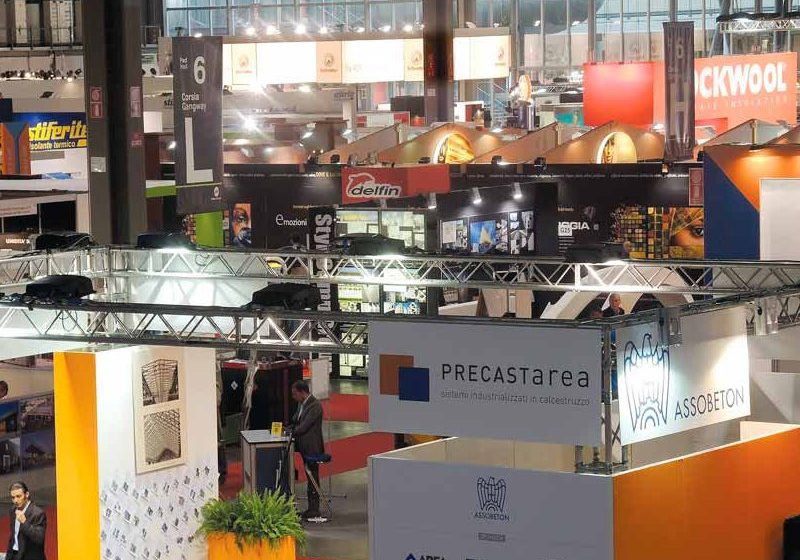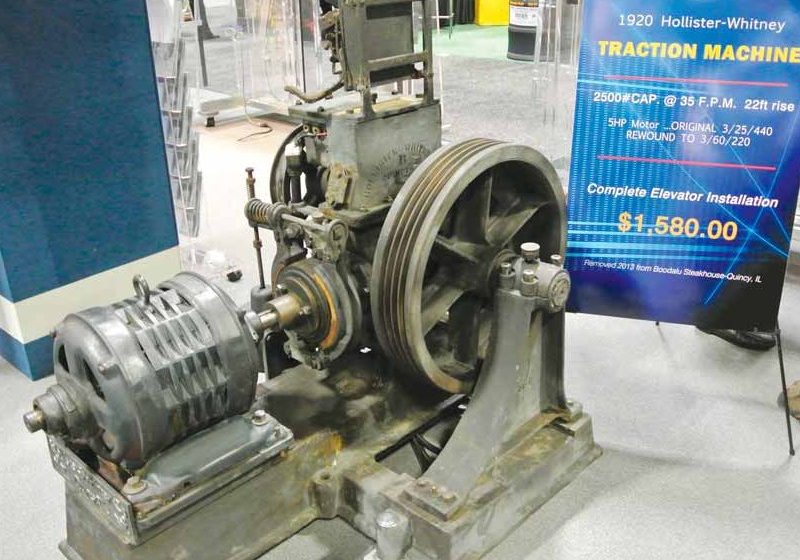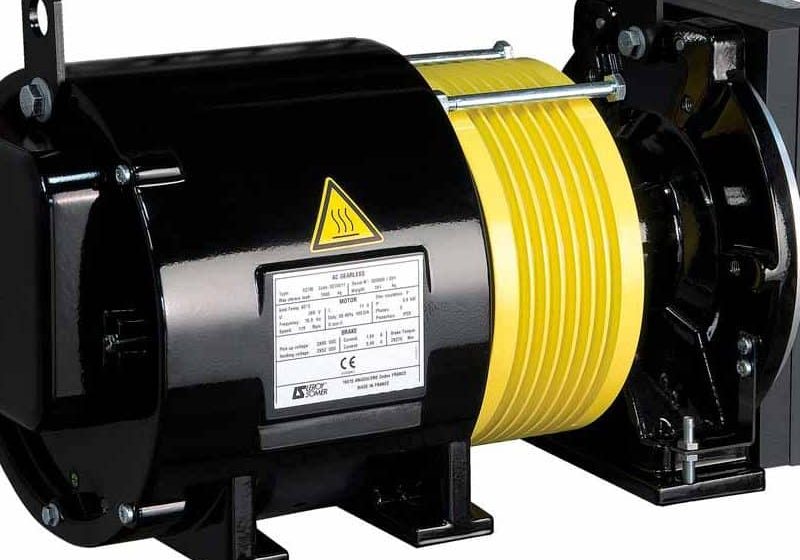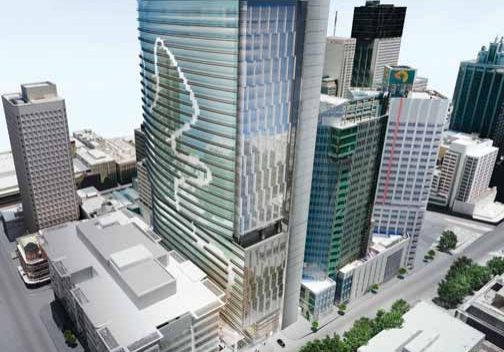Industry Trends, Developments in China
Dec 1, 2013
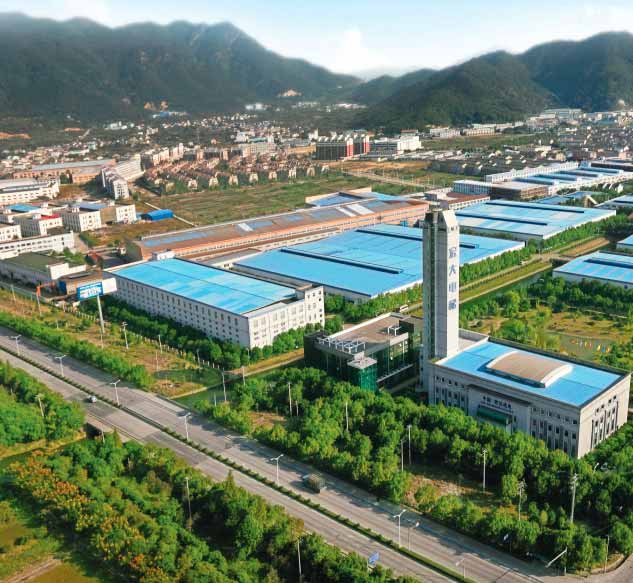
Your reporter paid visits to some of the leading manufacturers in the Chinese elevator industry while on assignment for ELEVATOR WORLD. These face-to-face talks provided an opportunity to gather information on changes and trends in the industry.
Nationwide Urbanization
The nationwide urbanization process seems to be accelerating, which not only contributes to existing major cities’ sprawl and rise, but also creates numerous burgeoning big cities. Linyi in Shandong Province used to be a small regional town in the 1970s; however, having served as a commodity trading center in northern China since the 1980s, it has new infrastructure projects completed or under construction. The work includes high-rise buildings, an elevated motorway through the downtown area and a state-of-the-art exhibition center, elevating it to the status of a provincial city like Jinan. If, however, the process is allowed to continue without proper planning, it may lead to environmental problems. In Tai’an, thick layers of high-rise buildings are standing and still going up at the foot of Mount Tai (popular for tourism), marring the mountains’ natural skyline. In contrast, Taihu Xincheng (New Town by Lake Taihu) in Wujiang, Suzhou, is well planned. Some local governments have begun to take measures against pollution. In Changsha, capital of Hunan Province, high-rise buildings are going up on the riverside of Xiangjiang, which looks clear and clean.
Great changes have taken place in the country’s real-estate industry, the most striking being the drawback partly caused by the fast process of urbanization and newer generations’ growing demand for residences, driving housing prices up, beyond what most people can afford. This trend is exceptionally acute in large cities such as Beijing, Shanghai and Guangzhou. Average prices for Beijing housing is CNY30,000-40,000 (US$5,700-6,505) per m2 as of October 2013.
However, the urbanization process is fairly steady across the country. Take the urbanization of Shaanxi Province, with its capital in Xi’an in middle-western China, for example. Its urbanization rate — the projected average rate of change of the size of the urban population over a given period of time — reached 50.02% in 2012, up from 37.24% in 2005, with an increase of urban land areas by 50% and urban population by 36%, respectively, over the past seven years.
Capacity Expansion
Regarding the number of existing elevator installations, per 2012 data, China has an average ratio of one lift to 800 people. This is still mere inches away from the worldwide average of one lift per 700 people and a far cry from the average of one lift per approximately 150 people in developed nations. Estimations based on these figures show that the demand in the Chinese elevator market will continue to grow for some time. At least another five million elevators and escalators are needed to fill the gap.
Elevator manufacturers in China are unwilling to let this home-market opportunity escape, especially in a time when the global economy stays recessed. The trend of building new factories on a large scale, which is constantly expanding product development and manufacturing capacity, is still underway. Some build new factories on nearby lands, and others build them in remote regional cities in order to set up a rational market distribution network. For example, a number of companies in the Yangtze River Delta area have built new factories in Tianjin in northern China and Chengdu in Sichuan Province in the west, and several have done both of these. This trend will lead to more extensive market competition, which will, in turn, urge companies to make greater investments in R&D for new technologies and cheaper materials. As high-speed elevators have been regarded as having a more important market edge than ever before, testing towers have been built taller and taller.
Canny
According to Richard Zhu, executive managing director of Canny Elevator Co., Ltd., 60% of the global market lies in China. He told your reporter that recent months have seen an increase of roughly 30% compared with the global figures of last year. He credited the upswing to the constant efforts by his team over the years and noted the four-year-long work to secure the Delhi Subway Project escalator contract (ELEVATOR WORLD, October 2013). Canny’s continued efforts in South Korea (EW, December 2012) have also paid off by its export of more than 450 heavy-duty escalators for the country’s subway projects since 2006. Zhu added that Canny’s stocks have fared well and that the company takes an active part in most industry exhibitions worldwide.
“Canny Avenue,” with the company’s premises on both sides, was under construction. This road leads to the company’s state-class technology center, equipped with sophisticated R&D facilities, including an under-construction 288-m-tall testing tower (EW, May 2013). To meet the nationwide market demand, the company has built facilities in Tianjin, north China, Chengdu in the west, and Zhongshan in the Pearl River Delta, forming a strategic triad for manufacturing and distribution. Zhu says Chengdu is under consideration to become the fourth such area.
Zhu spoke highly of EW, regarding it as having been a helpful source of industry knowledge throughout his career. When he worked on his MBA courses at Shanghai Jiaotong University, the magazine was the only professional publication available from the university library, providing him with valuable articles and references for his academic work.
Ningbo Xinda
Your reporter had the greatest pleasure to meet an old friend of EW, Zhao Jikan, chairman and founder of Ningbo Xinda Group, once again after four years. Speaking energetically in his native Ningbo accent (with Chen Shuhui helping as interpreter), the industry veteran advocates making quality, reliable products with a lifetime of at least 25 years, using refined materials and implementing fine workmanship for the sake of end users. He looks at successful American and German companies that have benefited from this philosophy. Jikan talked about integrating more high-tech achievements into products, in hopes of strengthening the group’s R&D work in the future.
Over the past decades, Ningbo Xinda has made noticeable contributions to the development of our industry on both national and global levels. Today, its exportation of elevator components, together with Hosting Elevators’ elevators and escalators, make up more than 12% of the group’s sales. Nearby land is available for factory expansion. With a well-organized domestic and global sales and service network in operation, the management of the group attaches great importance to perfection and improvement of its service systems.
A training workshop for sales and service employees from all over China was being held by Hosting when I visited the company on a sunny September day. I was pleased to see the escalator assembly line take a new look, and both geared and gearless (permanent-magnet synchronous [PMS]) machines were arranged on the production lines during my factory tour with Shuhui and Mao Yuping.
Xizi
Gu Hui gave me directions to Xizi Elevator Group’s office, which it shares with Trust Tech in Chengdu. I was shown to Bob Luo’s office on the ground floor. Founded in 1997, Xizi Trust Tech is a production base to Tianjin-based Xizi United Holding Corp., specializing in making doors and door drive systems. Xizi Forward Electrical Machinery was founded in 2004 and moved to its new premises located in Lin’an City (west of Hangzhou) in 2005. Xizi Forward is a professional manufacturer of gearless traction (PMS) machines. Xizi Elevator Group, headquartered in Hangzhou, is made up of the above companies and Xizi Optimax Technologies in Hangzhou, covering wide regional areas of the country.
The Xizi machine exhibits at the 2006 World Elevator & Escalator Expo in Langfang drew such attention that visitors stood looking at the machines closely and had to take pictures of them from across the aisles. Xizi Forward’s R&D team began working with Shanghai Jiaotong University on gearless (PMS) machines in 1999. It has since patented 92 inventions and new applications in the field. It has a capacity to manufacture more than 100,000 traction machines a year, covering a speed range between 0.3 and 7 mps. The group has supplied more than one-fifth of the Chinese market’s gearless (PMS) machines.
Bob Luo, international business director, told me that although the global sales of Xizi products make up only 5% of the group’s sales to date, he is confident the situation will change for the better with consistent efforts by his team. The way he speaks shows he is a competent professional. We talked about providing component packages to meet customer requirements. He also appreciated what EW does for the global elevator industry. Xizi’s young, devoted, hardworking employees impressed me greatly.
Get more of Elevator World. Sign up for our free e-newsletter.



